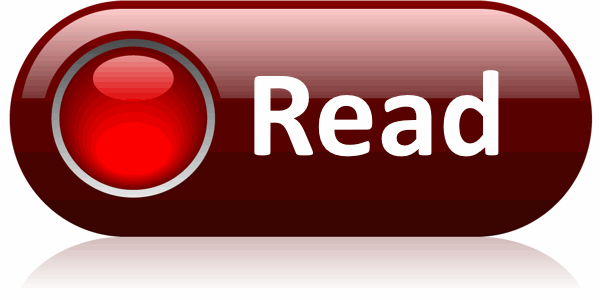By Jenn Turvey, Improvement Practitioner and Coach
Guide the Conversation
Questions help the coach guide a conversation with a problem solver.
There are several different types of questions and situations for asking. To select a question on the fly, it’s helpful to ask yourself which type of question the situation requires.
Open, or probing, questions are used at the beginning of a coaching engagement, when information needs to be gathered.

A Valuable Resource
Questions are a valuable resource in guiding conversations.
The coach selects them to help the problem solver navigate the shallows and the depths, move forward in their exploration of their topic, steer away from stagnation or going rogue, and locate gold.
Questions come in all shapes, sizes, and structures. They’re used to clarify, challenge, redirect, and probe.
One way to make selecting questions easier is to organize them by purpose and type of situation. For example, if you’re starting a new coaching conversation and need to gather information, select an open question.
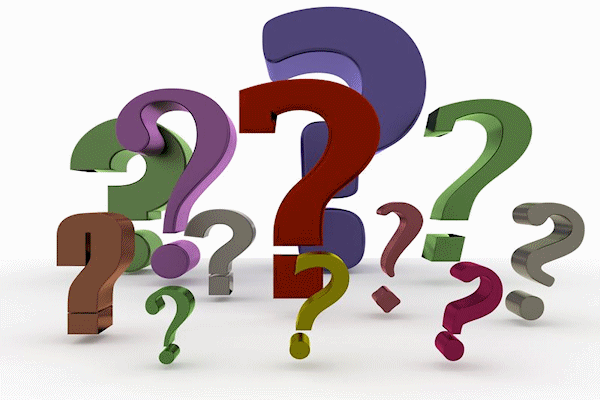
“There is no such thing as a worthless conversation, provided you know what to listen for. And questions are the breath of life for a conversation.”
– James Nathan Miller
The Open Question
The open question is useful for gathering information, especially at the start of a new problem or topic. Open questions are also known as “broad” or “probing” questions.
Open questions invite a range of possible answers and thinking. You’ll reach for open questions at the beginning of a coaching conversation when you’re gathering information. They help to explore the issue or situation, and they provide an opportunity for the problem solver to think more deeply about it.
To understand the power of the open question, compare the options for the following:
- Did you talk with Jack?
- What did Jack say?
- How did Jack respond?
The first limits the response to yes or no. The second limits the answer to spoken words – only what Jack said. The third opens up a world of possibilities:
- He said we will get an answer tomorrow.
- He shrugged.
- He punched the wall.
- He sent an email to his boss.
- Or maybe, he did all of the above!
Here are some sample open questions to experiment with:
- What else is important in this discussion?
- How are they involved?
- What is happening?
- How do you know?
- What is the background of this issue?
- How does this impact you and your team?
- What is challenging about it?
- What have you done, tried, or considered?
It goes without saying, but I’ll say it anyway: A question which invites a yes or no answer is the opposite of an open question.

“It is not the answer that enlightens, but the question.”
– Eugene Ionesco
Short Open Questions
If you’re on the spot and hunting for an open question, try a short one like: What else?
Not only is it easy to remember. You will let the problem solver fill in the information and open up possibilities for a next question.
Having a short, open question close at hand can get the information you want and help you out of a bind.
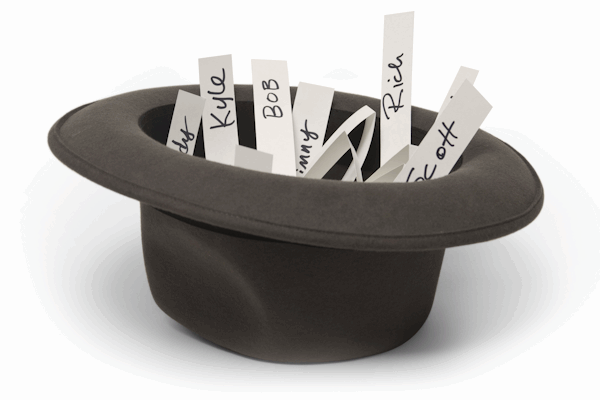
“Where did you get those shoes?”
– Pretzel Logic by Steely Dan
Working the Angles
When coming up with open questions at the beginning of a coaching conversation, don’t forget to include dimensions and perspectives such as time, viewpoint, and emotion.
Below are some questions which engage these factors.
| Angle | Example |
|---|---|
| Past | What led up to this? |
| Future | What do you expect will result? |
| Emotions | How do you feel about that? |
| Viewpoints | How do you think the supervisor sees this? |
| Values | What values might apply to the situation? |
| Root Cause | What’s really going on here? |
| Assumptions | What is the basis for that? |
| Facts | What have you accomplished? |
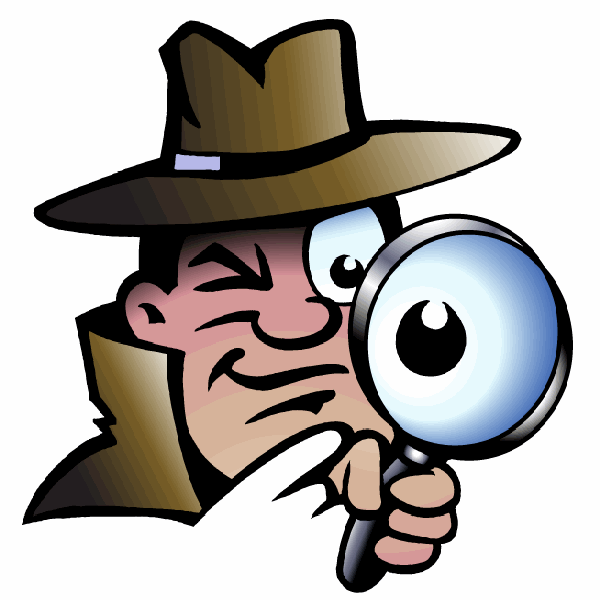
Organizing Your Questions
The open question is useful for gathering information and helping the problem solver think more deeply. But there are other types of questions and situations for asking. So how do you get organized?
One way is to keep a never-ending list of questions. But using a massive spreadsheet or a binder full of notes is not practical. You don’t want to stop the conversation each time you need to find another question.
An alternative is to organize questions. That is, to think about them by type and by situations where they’re useful. You can still create something on paper, but it’s likely to be far less complex and detailed. Consider using a flowchart to guide your questions based upon the situation.
If you find yourself needing time to think about the next question, use the “what else” question to keep the discussion going.
The good news is that, like any other skill, asking skills come naturally with practice.

Summary
Questions are useful in guiding conversations.
Open questions are used to gather information and help the problem solver think deeply about an issue or problem.
To keep a conversation moving along, keep a list of questions you can draw from. To be most effective, organize them so you can quickly access those which fit the situation.
Lists of questions are especially useful when you’re first starting out. Over time, coming up with questions becomes second nature.
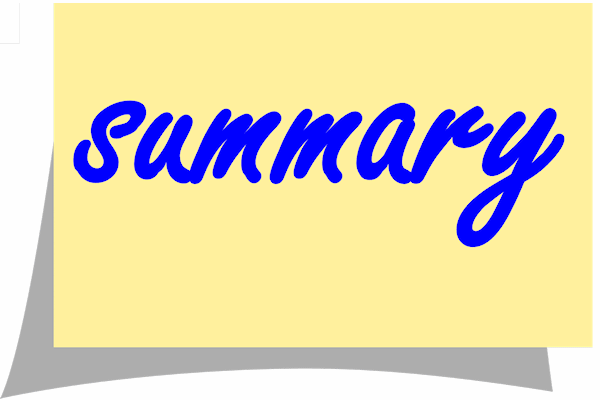
Jenn Turvey
Jenn is a skilled workplace and leadership coach with a track record of delivering results in employee wellbeing, effectiveness, career path development, and leadership role identification. Her coaching is informed by her background in organizational development. She has her Lean and Six Sigma Green Belt, and previously worked as an improvement and operational planning practitioner for the State of Colorado.
As an integrally trained developmental coach, Jenn helps clients incorporate their experiences, culture, family background, and neurological development into their change and growth. Organizational development perspectives Jenn brings to coaching can include supporting the client in framing their question or problem within the context of their company’s culture, leadership structure, or operational capacity; or guiding the client in applying strategic or operational planning approaches to a problem or situation.
She enjoys snowshoeing, eating, homebrewing, and drinking a craft beer while reading a good book.
Listening
Ask Instead of Tell
What’s Coaching All About?
Coaching Problem Definition
What is Lean Transformation?
Subscribe to our newsletter
References
Coaching Questions by Tony Stoltzfus
Organizational Improvement Acronyms by Transformance Advisors
Organizational Improvement Definitions by Transformance Advisors

